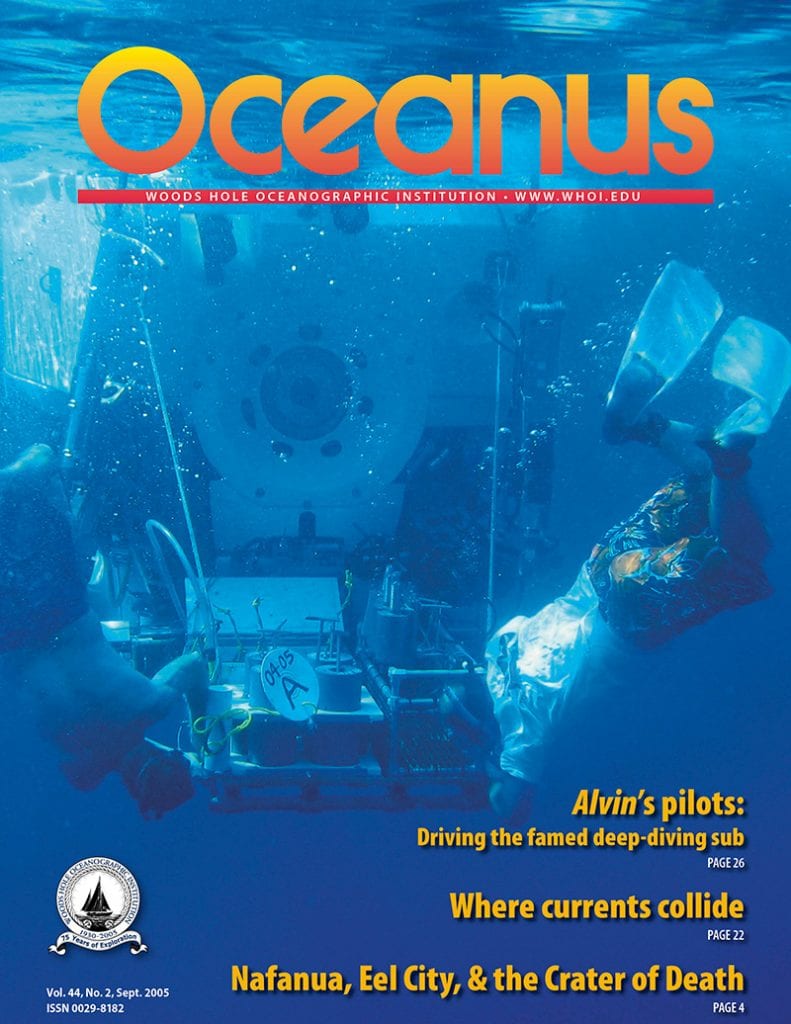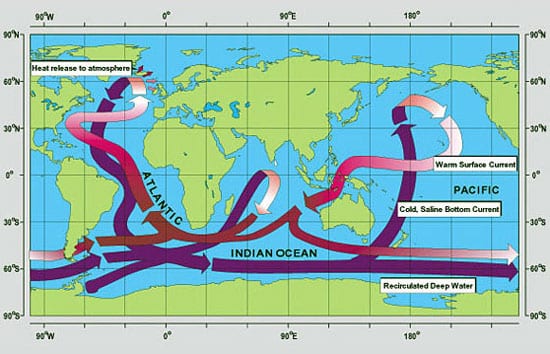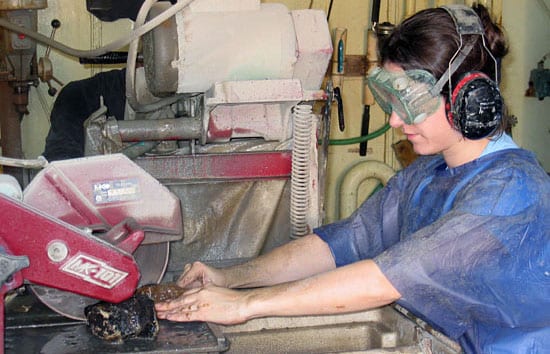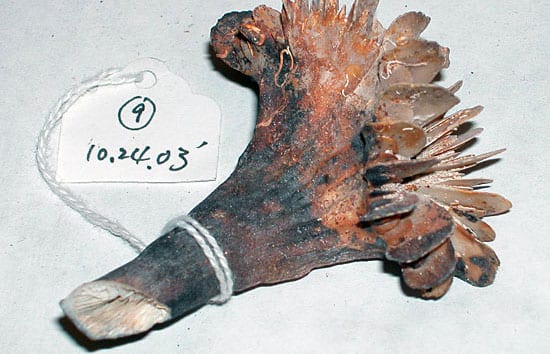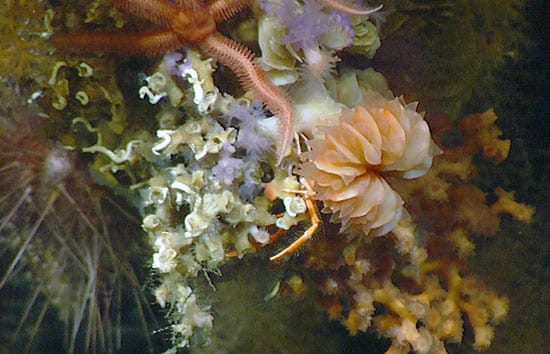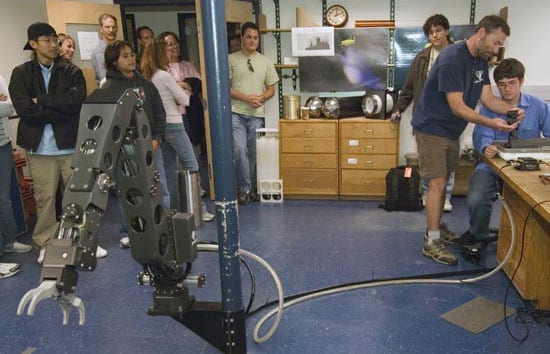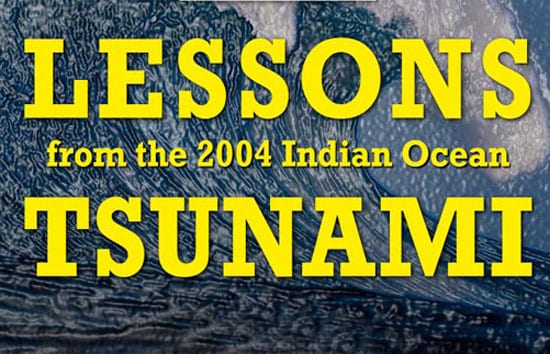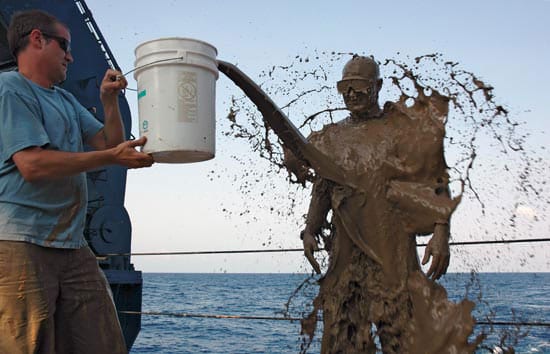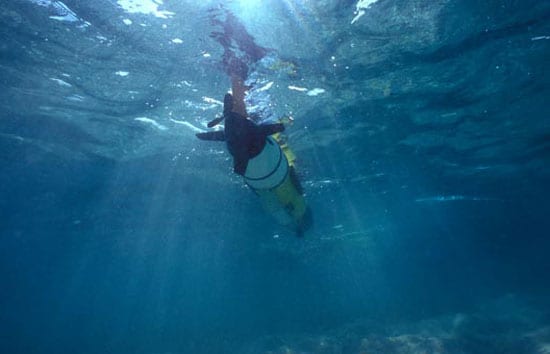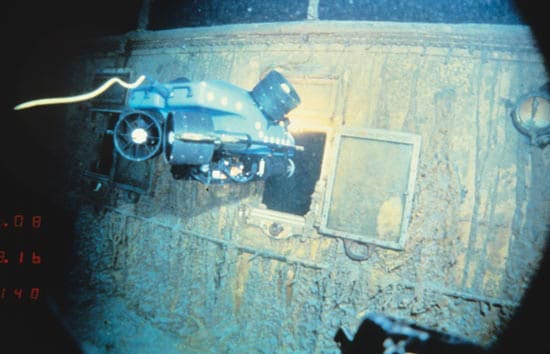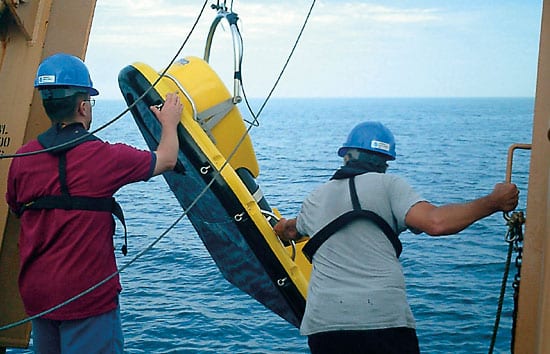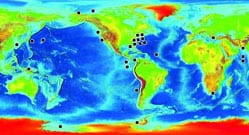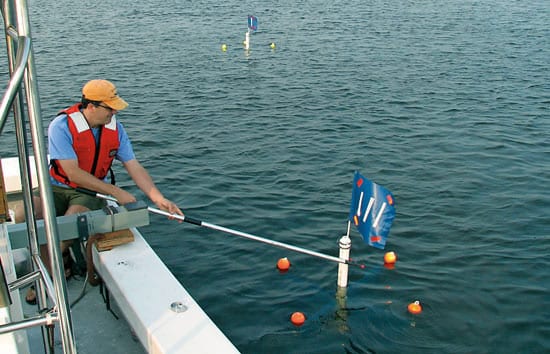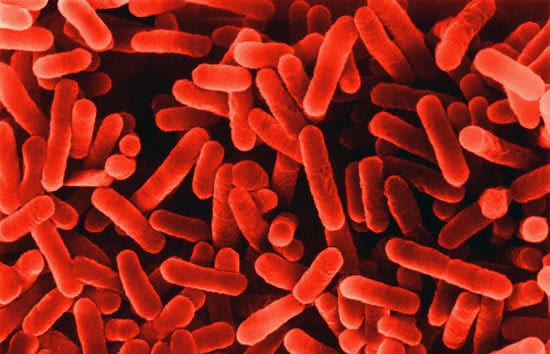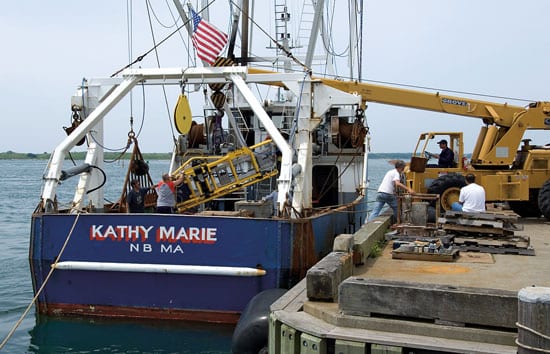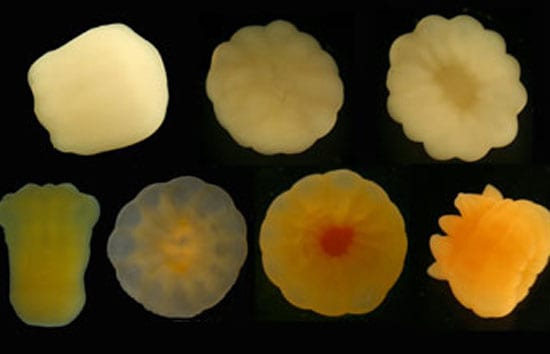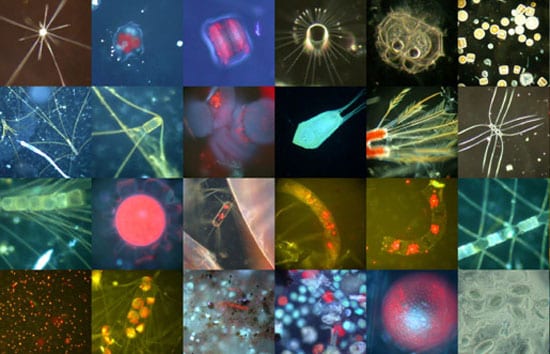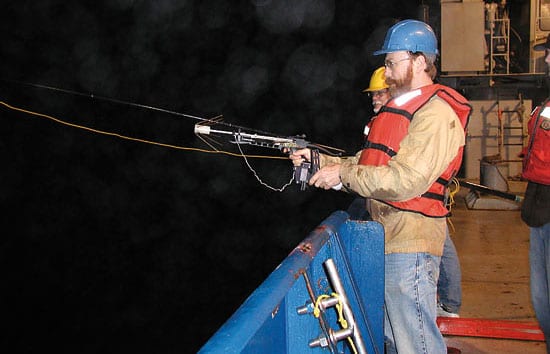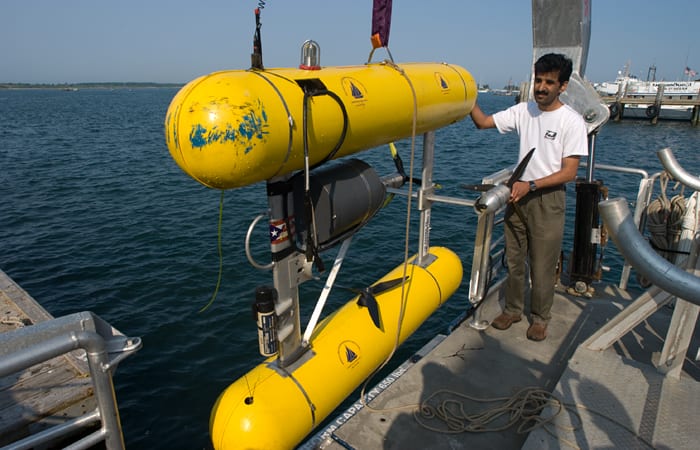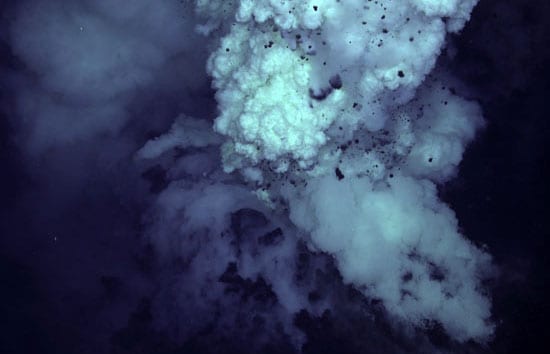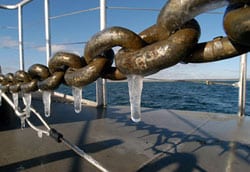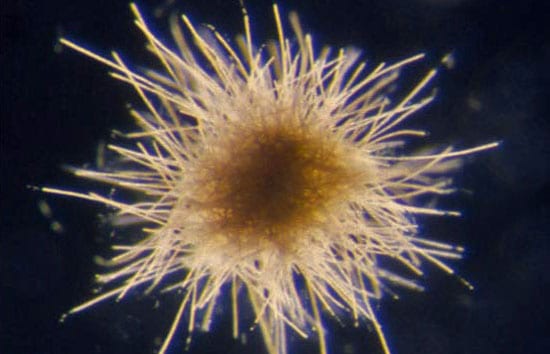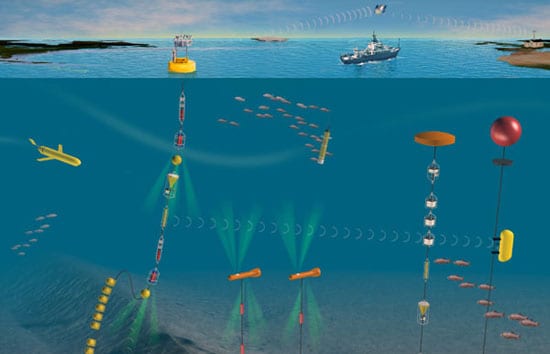Oceanus Online Archive
The Once and Future Circulation of the Ocean
The short history of modern oceanographic observations—less than a century’s worth, really—doesn’t give us a long track record to evaluate how the ocean’s circulation has operated and changed in the…
Read MoreA Rare Glimpse Into the Ocean’s Crust
About one and a half million years ago, a great hidden piece of the ocean’s crust uplifted and rotated, giving Clare Williams a window and a time machine into Earth’s…
Read MoreWhat Other Tales Can Coral Skeletons Tell?
In 2003, we traveled by ship to the New England Seamounts—a chain of extinct, undersea volcanoes about 500 miles off the East Coast of North America—to help collect dead corals…
Read MoreThe Coral-Climate Connection
Are the climate changes we perceive today just part of the Earth system’s natural variability, or are they new phenomena brought about by human activities? One way to find out…
Read MoreStudents Visit the Deep-sea Robot They Named
Seven students from a California high school took a field trip to the Woods Hole Oceanographic Institution in September, after they submitted the winning entry in a nationwide contest to name…
Read MoreLessons from the 2004 Indian Ocean Tsunami
Woods Hole Oceanographic Institution will convene two special conferences this fall to learn from the devastating 2004 tsunami that left more than 220,000 people dead or missing. In July, another…
Read MoreWHOI Creates Office to Encourage Applied Oceanography
Woods Hole Oceanographic Institution has established a new Office for Applied Oceanography to foster applied research supported by sources beyond traditional governmental agencies. To sustain growth in an era of…
Read MoreWHOI Scientists Provide Congressional Testimony
Susan Humphris, chair of the Geology and Geophysics Department, testified May 4, 2006, before the House Committee on Resources, one of several WHOI scientists to appear this spring before members…
Read MoreEngineers Honored for Pioneering Undersea Robot
The engineering team at Woods Hole Oceanographic Institution that built the first fiber-optically cabled deep-sea robot Jason Jr. received the GlobalSpec Great Moments in Engineering award July 14, 2006—on the…
Read MoreListening for Telltale Echoes from Fish
In the 1970s, scientists happened upon a curious phenomenon about sound waves in the ocean and swim bladders in fish: Bony fish have gas-filled sacs inside their abdomens called swim…
Read MoreThe Oceans Are Filled with Microbes. Some Are Nasty
Every time you swim at the beach, you are surrounded by zillions of bacteria. There is no escaping them: One drop of seawater contains about 1 million bacteria. Of these,…
Read MoreLegions of Legionella Bacteria
Salty ocean water can be a nuisance. It’s undrinkable and it corrodes nearly everything it touches. But salt water’s inhospitality has always had one benefit: The salt kills microbes, making…
Read MoreNew ‘Eyes’ Size Up Scallop Populations
Part of the fun of fishing is never knowing exactly what might be swimming around beneath you. But that mystery is a major annoyance when it comes to keeping track…
Read MoreLullaby for Larvae
Like many babies, these tiny offspring arrived this spring amid much fanfare and a little trepidation. Never before had scientists witnessed the birth of deep-sea Antarctic corals, which unlike like…
Read MoreA Journey to the Ocean’s Twilight Zone
You are about to enter another dimension. You’re moving into a place of both shadow and substance, of things and ideas; a journey into a wondrous part of the ocean,…
Read MoreSwimming in the Rain
Twilight zones, witch hunts, and crossbows usually don’t find their way into tales about new oceanographic instruments. This story isn’t typical, but it does start in the usual way, with…
Read MoreGone Fish Assessing
Scientists at WHOI are applying new technologies to help the National Marine Fisheries Services assess fish stocks and maintain critical habitats
Read MoreJason Versus the Volcano
Through the camera eyes of the undersea vehicle Jason, scientists were investigating a quietly bubbling pit on the side of a large volcano on the seafloor south of Japan in…
Read MoreChilly Scenes of Winter off Cape Cod
When winter winds began rattling the storm windows last autumn, Andrey Shcherbina and Glen Gawarkiewicz shook the mothballs out of their cold-weather exposure suits and dusted off their sea boots.…
Read MoreOcean Microscope Reveals Surprising Abundance of Life
Towing an underwater video microscope across the Atlantic Ocean, two scientists found unexpected abundances of colonial cyanobacteria that fertilize the oceans with nitrogen. The bacteria may turn out to be…
Read MoreScientists Gear Up to Launch Ocean Observing Networks
Oceanography is on the verge of a revolution. Scientists and engineers have been dreaming up networks of permanent observing outposts that could probe from the sea surface to the seafloor from many different locations in the Atlantic, Pacific, and Arctic Oceans. And that dream may take a big step toward reality if Congress agrees to the National Science Foundation’s six-year Ocean Observatories Initiative.
Read More
